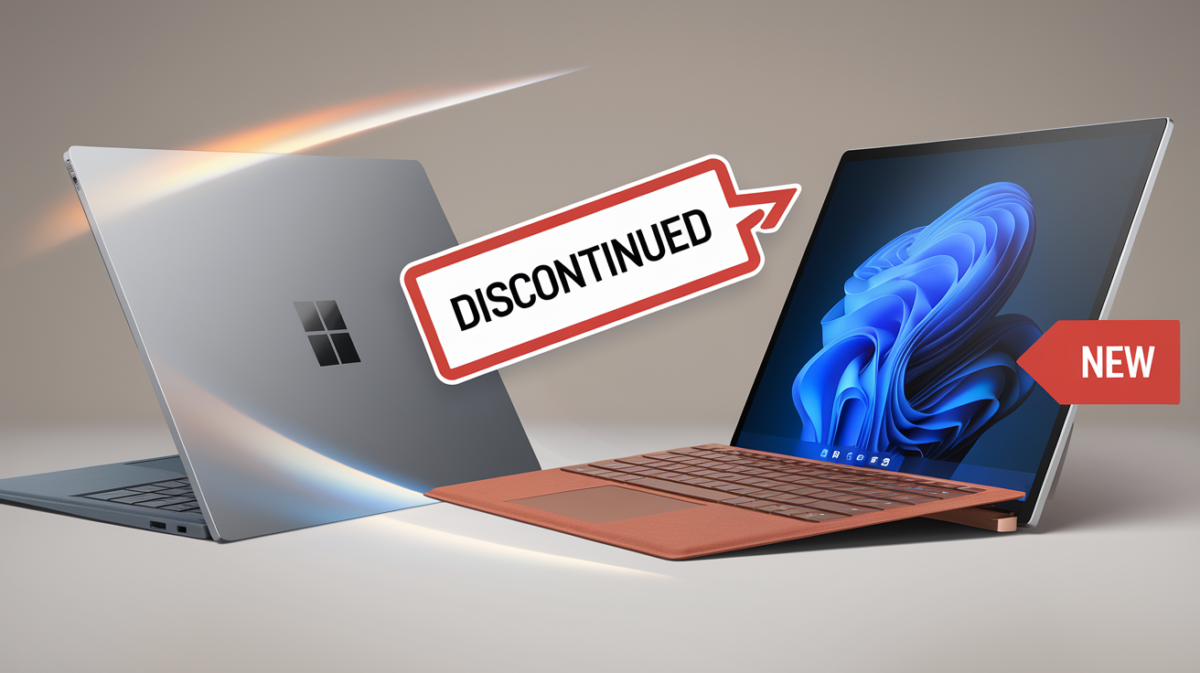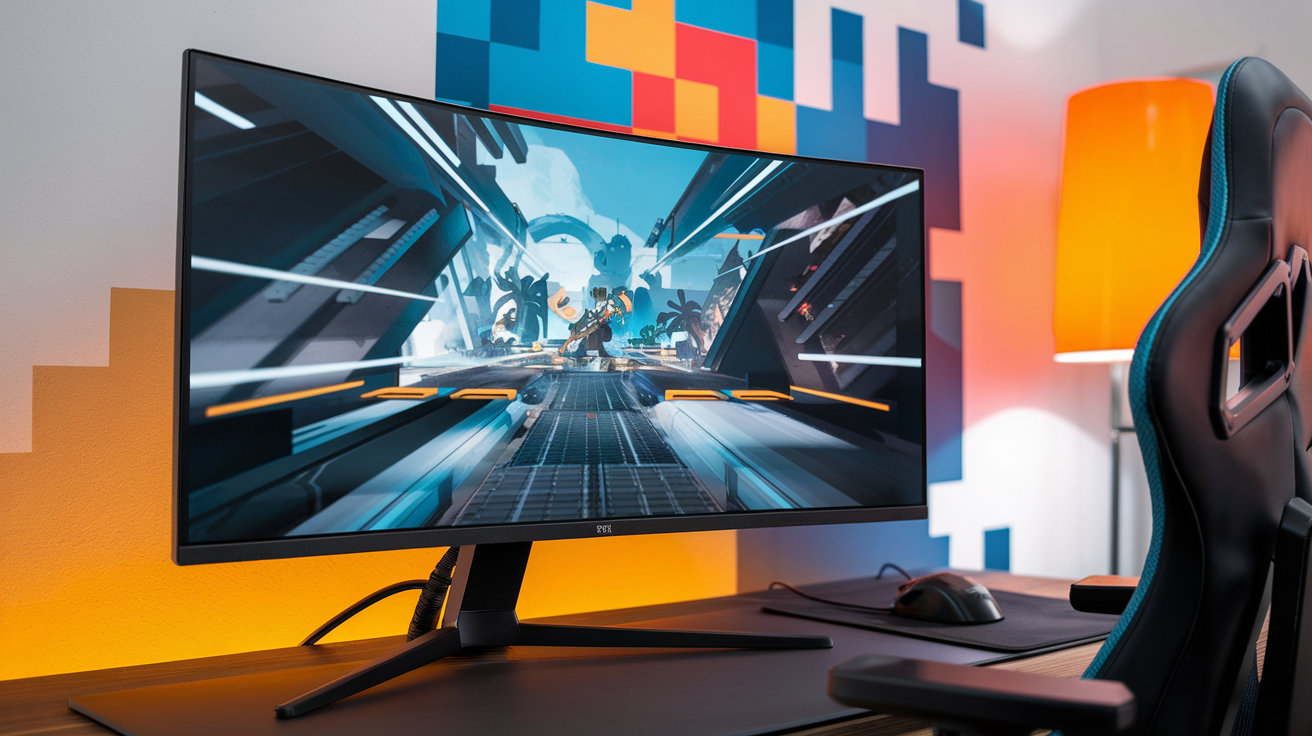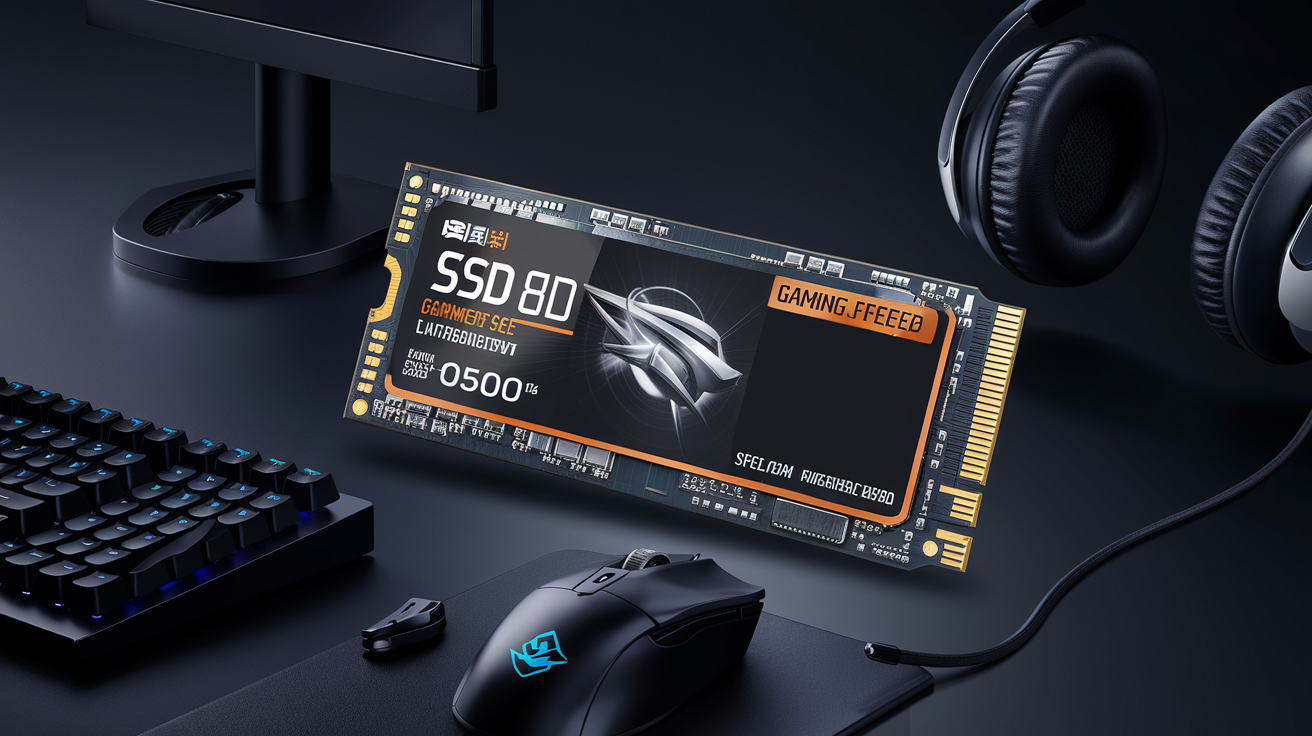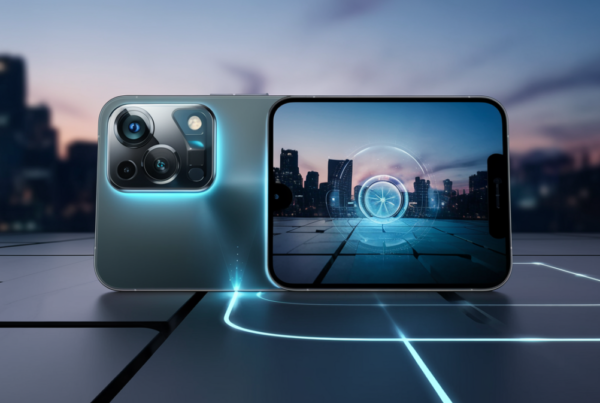Microsoft has quietly overhauled its Surface lineup, discontinuing entry-level models and introducing higher-priced configurations. The move, which effectively raises the cost of owning a Surface device, has sparked debate among consumers and industry analysts alike. Here’s what you need to know about the changes and what they mean for buyers.
The End of Budget-Friendly Surface Devices
Gone are the days of affordable Surface laptops. Microsoft has phased out its base models, including the popular Surface Laptop Go 2, which previously started at $600. Its successor, the Surface Laptop Go 3, now begins at $800—a $200 jump. This shift signals Microsoft’s pivot toward premium offerings, leaving budget-conscious consumers with fewer options.
Key Changes in the Surface Laptop Go 3:
- Price Increase: Base model now starts at $800, up from $600.
- Spec Bump: 8GB RAM and a 12-inch touchscreen come standard.
- Focus on Performance: Improved internals justify the higher cost, but competitors offer similar specs for less.
Why the Price Hike?
Microsoft’s decision to eliminate budget models aligns with its broader strategy of focusing on high-end devices. The company is betting that consumers will pay more for better performance and features. However, this approach risks alienating those who relied on Surface for its affordability.
Industry analysts suggest the move is aimed at boosting profitability. By streamlining its product lineup, Microsoft can concentrate on premium devices with higher margins. But the question remains: will consumers bite?
Mixed Reactions from Buyers
The price increase hasn’t gone unnoticed. Online forums and tech communities are buzzing with discussions about whether the new Surface devices offer enough value for the money. Some users argue that the upgrades justify the cost, while others point to competitors like Google and Lenovo, which offer comparable specs at lower prices.
Consumer Sentiments:
- Pro: Better specs and build quality make the higher price worth it.
- Con: Lack of budget options pushes some buyers toward competitors.
Comparing Surface to Competitors
To understand how Microsoft’s new pricing stacks up, here’s a quick comparison of the Surface Laptop Go 3 against similar devices:
| Device | Starting Price | RAM | Display |
|---|---|---|---|
| Surface Laptop Go 3 | $800 | 8GB | 12-inch touchscreen |
| Google Pixelbook Go | $650 | 8GB | 13.3-inch touchscreen |
| Lenovo IdeaPad Flex 5 | $700 | 8GB | 14-inch touchscreen |
As the table shows, Microsoft’s latest offering is priced higher than its rivals, despite similar specifications. Whether the Surface brand’s reputation justifies the premium is up for debate.
The Bigger Picture: Microsoft’s AI Push
While the price hikes dominate headlines, Microsoft is also making strides in AI-powered computing. The company recently unveiled more affordable AI-enabled laptops, such as the Surface for Business Copilot+ PC, which leverages Qualcomm chips to deliver advanced features at a lower cost than previous models.
What This Means for Buyers:
- AI Accessibility: New devices bring AI capabilities to a wider audience.
- Trade-offs: Lower prices for AI laptops, but higher costs for traditional Surface models.
Final Thoughts
Microsoft’s decision to discontinue budget Surface models and raise prices reflects a calculated gamble. By focusing on premium devices, the company aims to strengthen its position in the high-end market. However, this strategy comes at the expense of affordability, potentially pushing some buyers toward competitors.
For now, consumers must weigh the pros and cons: Is the Surface brand’s quality and design worth the extra cost, or are there better deals elsewhere? Only time—and sales figures—will tell.







